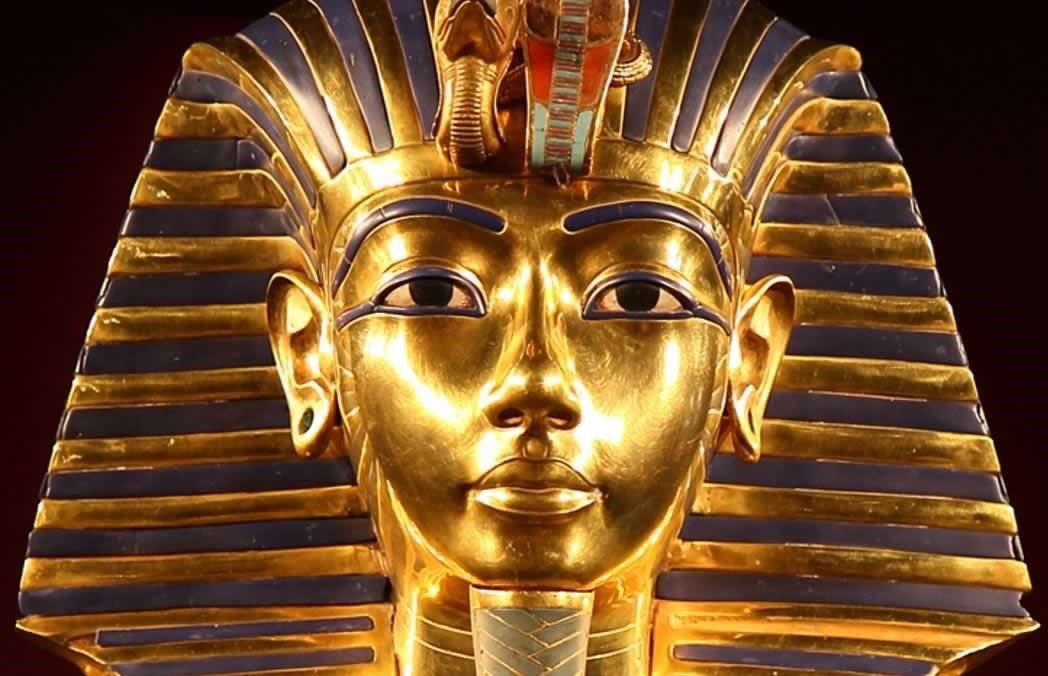
Introduction
“In the long history of humankind (and animal kind, too) those who learned to collaborate and improvise most effectively have prevailed”
Charles Darwin (English Naturalist and Author: 1809 – 1882)
Archaeology as we know it today may be described as the result of the result of our thirst for riches, adventure, or knowledge. All three aspects probably motivated the earliest scholars of antiquity, but archaeology has come a long way from being just an indulgence. Most modern archaeologists realize their responsibility to preserve our heritage as well as to make it accessible to everybody. In order to understand how the science came to be as it is practiced today, one should first know how it came about in the first place. This blog will trace the development of archaeology from its earliest stirrings almost six centuries BC to the end of the 1800s and highlights a couple of significant finds made just before the advent of the previous century.
Early interest in antiquity

More than 2500 years ago individuals first started to collect remnants of the bygone days, but even before that time speculations about past eras were included in classical and Chinese writings. In these writings ancient artefacts and the remains of cities were used to reconstruct their ancestors’ world. Contemporaries of classical Roman and Greek writers, who still made use of stone and bronze tools, were also mentioned. Of interest is that the Roman philosopher Lucretius already in the last century BC distinguished between the ages of stone, jade, bronze and iron. During his reign of Babylon (555 to 530 BC), King Nabonidus developed a keen developed a keen interest in antiquities, which he collected and housed in his palace. He even excavated the temple of Shamath at Sippar to try to discover who had built it. Later his daughter displayed local antiquities in the first known museum in the city of Ur near the Euphrates River.

Stone Carving Of King Nabonidus

Shamash : Babylonian Sun God
Along with the collapse of the Roman Empire in the 5th century AD came a lack of scholarly interest in the past which lasted until the end of the Middle Ages. During this time the Bible was taken as the only source of history and stone artefacts were interpreted as thunder blots, while clay pots were thought to have spontaneously formed underground.
The 14th – 17th century Renaissance in Europe saw the first development of antiquarianism. Refined people started to collect specimens of what they called natural history during their travels through destinations like Greece and Italy.

Italy – The Colosseum

Greece – The Parthenon
These included curios, ancient artefacts and minerals. The interest in classical antiquity led to excavations such as those conducted at the Roman city Herculaneum in 1783.

While well-to-do enthusiasts visited the Mediterranean, their less wealthy colleagues stayed home to ponder on ancient European history. Probably due to their visibility, structures such as Stonehenge and the burial mounds in England started to receive much attention.

Disorganized excavations of ancient sites became the norm and a mass of priceless artefacts, which were haphazardly removed from their context could not be readily explained, was the result. There were some exceptions and one meticulous English scholar, William Stukeley (1687 to 1765), accurately recorded some of these monuments by drawing plans of them, many of which are still consulted today.
During this time, excavations were definitely not scientifically conducted. They did, however, give rise to the kind of rigorous scientific research that is nowadays conducted by archaeologists all over the world.

President Thomas Jefferson The first scientific excavation is attributed to Thomas Jefferson (1743 to 1826) who was later became the third President of the United States of America. He excavated a trench across a burial mound on his property and recognized that it consisted of different layers. He also found that bones in lower layers were less well preserved than those in upper layers and thus inadvertently stumbled across the concept of stratigraphy.

Stratigraphy – Stratigraphy looks at and describes the observable layers of sediments and the arrangement of strata in deposits.
Source of Images - Pixabay
Next Post…. The Roots of Modern Archaeology.
Please Upvote and Follow me if you interested in Adventure and Archaeology.
Thank You!!!
